YMCA of the Rockies - Lula W. Dorsey Museum.
Introduction
Text-to-speech Audio
Images
Original Wind River Lodge- 1905
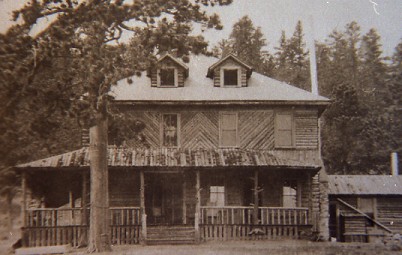
Old Wind River Lodge About to be Demolished
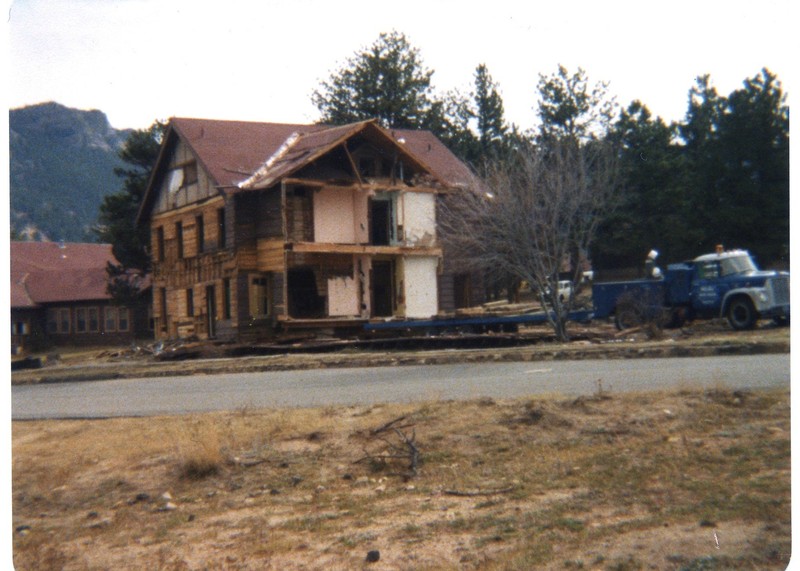
Old Wind River Lodge In the Process of Being Demolished
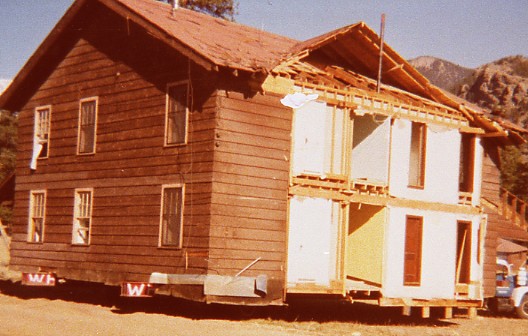
Museum Building in the Process of Being Relocated
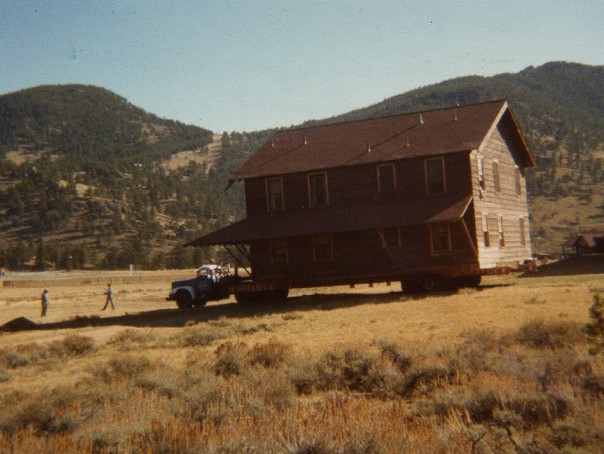
Purple Finch Cabin
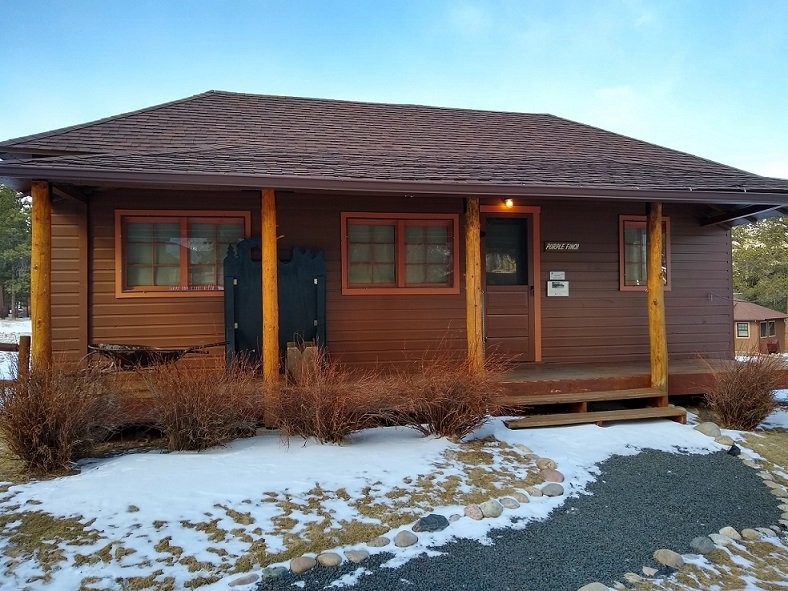

Dorsey Museum - 2015
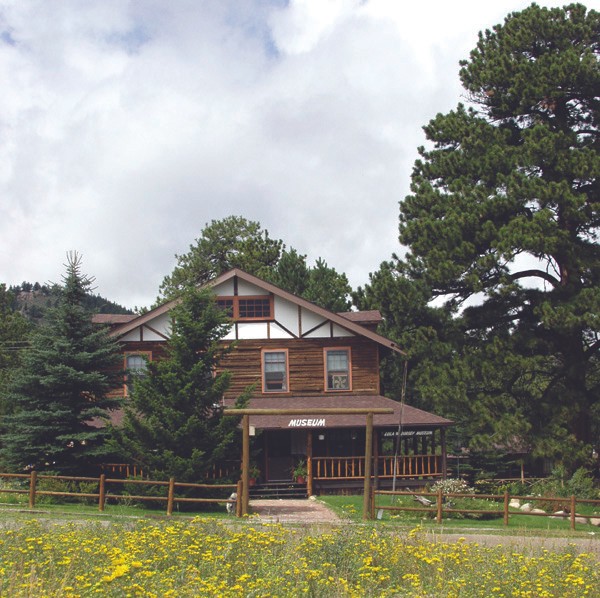
Backstory and Context
Text-to-speech Audio
The Lula W. Dorsey Museum structure began as a 1924 addition to the original Wind River Lodge. When the lodge was slated for demolition in the late 1970s, Lula W. Dorsey, a long time supporter of the YMCA, provided funds to save a section of it for a museum. Lula Dorsey's connection with the YMCA dates back to 1918. Her family played important roles in the growth and modernization of the YMCA of the Rockies. The Estes Park location provided this Texas family with an escape from the heat in the summer, and all family members enjoyed the scenery and outdoor lifestyle. Lula Dorsey's father, Henry, constructed private cabins for his family, and both Lula and her brother Henry, Jr. donated money to modernize and construct new cabins and build amenities such as the Longhouse (indoor basketball courts, roller skating rink) and the swimming pool. The museum was just one of the many gifts left to us by the Dorsey family.
The old Wind River Lodge was moved to the center of the camp in 1910 to provide accommodation for the conference goers, but by the early 1920s it was evident that more space was needed. The 1920s saw the expansion of car tourism and mobility and an increase in prosperity. This was the roaring twenties and people were on the move. The growth of local tourism, due to the opening of the Rocky Mountain National Park, meant more guests to the camp. The YMCA decided to upgrade the Wind River Lodge and added two new sections - a center addition and a new wing. Some of the original stick architecture was plastered over and a new roof line was added, but the new style retained some of the existing features - such as the wrap around porch and rustic log pillars. The new west wing included downstairs shower rooms, bathrooms, and living spaces, with more bedrooms upstairs.The west wing lodge addition was moved to its present location in 1977 and the museum officially opened in July of 1979. The center addition was also moved to become staff housing, but that too was demolished, like the original lodge, several years later.
Today, the museum has created period rooms to represent the feel of early twentieth century lodge accommodation along with exhibits telling the history of the YMCA of the Rockies and its early founders.
Behind the museum you will find three historic cabins, as well as the rock labyrinth.
The Labyrinth- In the rear of the museum complex is located The Labyrinth. This was a gift from the Messerschmidt Family in 2007-2008. The pattern of the path is a variation of the traditional one at the Chartres Cathedral. It is generally seen as a walking meditation. There is only one way in and the same way out.
Mariposa Cabin: Mariposa Cabin was built by the Estes Park Land and Investment Company as an expansion to the Wind River Lodge resort in 1905. It was constructed from scrap lumber and felled trees. Mariposa was moved along with the original Wind River Lodge in 1910. It served as staff housing, a barber and beauty shop, first aid station, and museum until it was moved to its present location in 1977.
Cabin 40: Cabin 40 was built around 1910 and began life as a four room sleeping cabin with four separate entrances. The original outside walls were half wood and half canvas. Light was provided by Coleman gas lanterns and water was provided by a faucet located just outside the cabin door. Over the years the YMCA rustic cabins went through many transformations, from simple wood and canvas sleeping quarters into year-round two-bedroom family cabins. The museum staff rescued Cabin 40 in the winter/spring of 1996 when it was moved to its present location and remodeled into the style of a 1949 tourist cabin.
Purple Finch: Purple Finch was built as tourist accommodations in 1905 by the Estes Park Land and Investment Company. It was originally located uphill from the Wind River Lodge. During its time, Purple Finch has served as administrative offices, staff housing, guest accommodations, and conference meeting spaces. In 2008 it was moved to its present location to serve as a space for museum programming.
Sources
. .
Melton, Jack R.. Melton, Lulabeth. YMCA of the Rockies: Reflections, Traditions and Vision. Estes Park, CO. YMCA of the Rockies, 2006.
